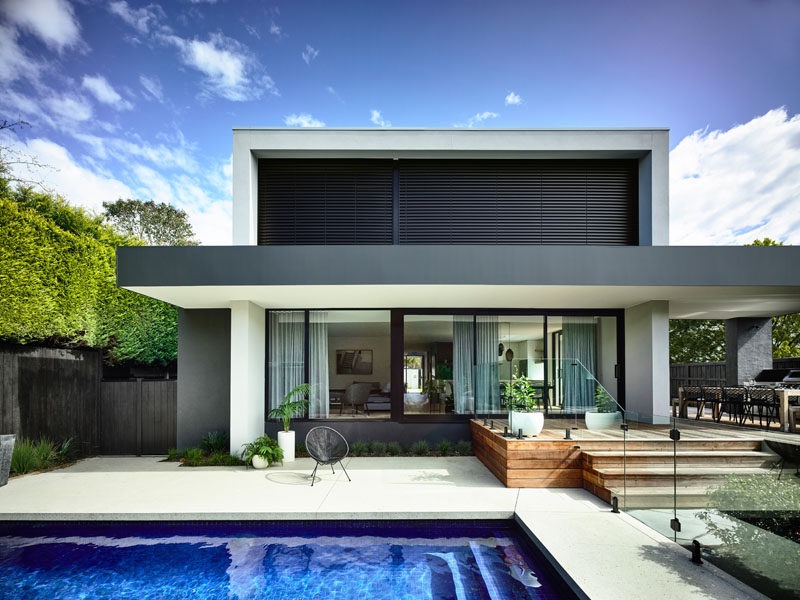Remote work has become increasingly prevalent in today’s society, with more individuals opting to work from the comfort of their own homes. This shift towards remote work has not only changed the way we work but has also had a significant impact on home design trends.
1. Multipurpose Spaces
One of the key impacts of remote work on home design is the rise of multipurpose spaces. Homeowners are now looking to create versatile areas within their homes that can serve as both a workspace and a relaxation zone. This has led to the popularity of open floor plans and flexible furniture arrangements that can easily adapt to different needs.

2. Ergonomic Considerations
With individuals spending longer hours working from home, there is a greater emphasis on ergonomic design in home offices. More people are investing in comfortable office chairs, standing desks, and proper lighting to create a conducive work environment that promotes productivity and well-being.
3. Integration of Technology
Another notable trend in home design is the integration of technology to support remote work. Home automation systems, smart lighting, and high-speed internet connections are becoming essential features in modern homes to facilitate seamless remote working experiences.
4. Outdoor Workspaces
As the boundary between work and personal life blurs in a remote work setup, many homeowners are incorporating outdoor workspaces into their properties. These outdoor areas, such as garden offices or rooftop terraces, provide a refreshing change of scenery and a connection to nature while working from home.
5. Personalization and Comfort
Personalization and comfort have become paramount in home design as individuals seek to create inspiring and comfortable work environments. From cozy nooks for focused work to vibrant colors that boost creativity, homeowners are incorporating elements that reflect their personalities and enhance their well-being.
6. Sustainability and Green Design
With a growing awareness of environmental issues, sustainable and green design practices are gaining traction in home design. From energy-efficient appliances to eco-friendly materials, homeowners are prioritizing sustainability in their home offices to reduce their carbon footprint and create healthier living spaces.
7. Flexibility for Future Needs
Given the uncertainty of how long remote work will continue to be a predominant trend, home design is also focusing on flexibility for future needs. Spaces that can easily transition between work and living areas, as well as adaptable furniture solutions, are becoming essential to accommodate changing work dynamics.
In conclusion, the impact of remote work on home design is evident in the evolving trends that prioritize functionality, comfort, and sustainability. As remote work continues to reshape the way we work and live, homeowners are adapting their living spaces to meet the demands of a remote work lifestyle, creating environments that support productivity, well-being, and personal expression.

